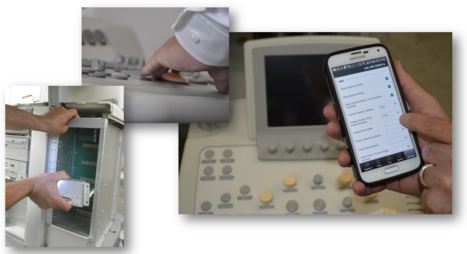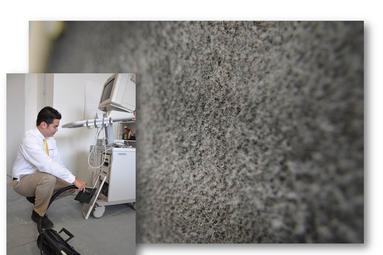Rising healthcare delivery costs and lower reimbursement rates are painful realities among medical imaging practices today where just about every staff member is pressured to do more with less. For many sonographers this means conducting more studies in less time, perhaps with equipment that is not always maintained according to manufacturer specifications. This creates the perfect crucible for breakdowns that may cost a significant amount of money in emergency repairs, part replacements or the more severe case of a complete system swap out that was never factored into the annual budget. Set these events against a scene that includes lost revenue, cancelled appointments and missed diagnostic windows, and now you get a picture that goes against every part of the primary purpose of quality healthcare.
So with this in mind, we open up the rationale for something every owner or operator of capital equipment should subscribe too, yet unfortunately does not – preventive maintenance contracts. As service providers, we encounter numerous situations in the field where routine PMs – thorough ones at least – could have prevented very large problems from occurring in a practice or imaging department.
Here are a just two typical examples:
Do It Yourself Probe Wear. The ultrasound probe is perhaps the most critical component of the entire system. A standard PM should include a close inspection of the unit’s lens and cable strain relief all the way to the pin alignment on the connector itself. All too often we’ve seen “field repairs” performed by people who have used adhesive tape to reinforce weakened strain relief area of the probe cable. While this tactic may be appropriate for ear bud cables on an iPhone, they do very little to prevent an expensive cash outlay when the probe does not perform to specificationsA few inches of electrical tape on a $3,000 probe is sure sign of misplaced frugality and one that will camouflage larger troubles developing with your ultrasound machine.
Poor Cleaning. There are two reasons to keep your ultrasound clean. One has to do with the functionality of the unit itself while the other has to do with good PR. Dust buildup doesn’t discriminate from one brand to another, and it is something we document in all types of healthcare facilities. Systems that have been purportedly wiped down or cleaned – upon closer inspection have been colonized by dust and particulates that accumulate and eventually create hardware malfunction.
This sounds basic, yet some systems on the market are more prone to this by virtue of the way they’re designed. The air intakes on one system are very close to the floor which makes the unit more susceptible to clogged vents on the machine and around the wheel wells. Most sonographers and rookie service engineers don’t think to examine these areas or pay attention to hidden filters. When PMs are done correctly there should be a very little chance of having a unit overheat and fail, leaving you with a room of very unhappy patients who are not going to be too forgiving when asked to reschedule their appointments.
The other consideration has to do with aesthetics. A system that has been around for a few years begins to show its age in the discoloration on its exterior surface. Patients pick up on these details while they are waiting for the sonographer to enter the room and complete the imaging cycle. And while there may be nothing evidently wrong with the equipment, patients will put some significance on the appearance of your equipment, and then share their thoughts not with you or your staff, but with their friends and counterparts outside the practice. And when so many practices rely on good PR and patient referrals, you cannot afford to come up in a negative light among potential new patients.
Most manufacturers’ guidelines specify one PM visit per year. That may not be enough given the number of hours most systems are are in use. PMs are actually necessary for accreditation and you’re going to need to do one or two annually depending on your modality in order to meet accreditation guidelines.
The key here is to have full certainty in what you’re buying as far as PM service is concerned. PMs are not necessarily uniform among manufacturers or independent service organizations. Service providers that don’t take a PM seriously enough are going to cut corners. This includes vendors as well as the “do it yourselfers” in the practice. One good piece of advice in this costs nothing to implement. Before you engage with a service vendor, ask for a copy of its standard PM check sheet. Find out what their standard protocol is and how often they suggest conducting a PM during the year. Most manufacturers’ guidelines specify one PM visit per year. That may not be enough given the number of hours most systems are are in use. PMs are actually necessary for accreditation and you’re going to need to do one or two annually depending on your modality in order to meet accreditation guidelines.
The bottom line here is simple, PMs are vital to the care and upkeep of your ultrasound equipment. When done with precision, they will keep you from getting into costly repair cycles and aggravation between your practice and your patients. There are different standards to be mindful of when choosing your service provider, yet with a little probing of your own; you can make more educated choices that will end up saving you time and money.
Nat Romeo is the President of Ultrasound Solutions Corp., an independent service provider of ultrasound systems. He may be reached at nromeo@uscultrasound.com or by phone at 1.800.773.4582.










